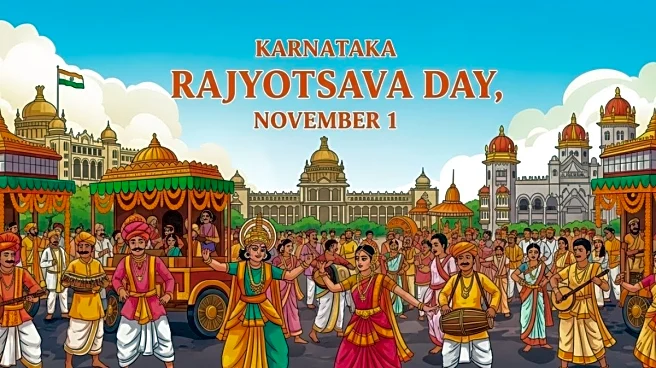
There is something fascinating about women who have ruled and emerged victorious. History calls her a queen. We call her a disruptor. That is the legacy of Pooradam Thirunal Sethu Lakshmi Bayi, the last
ruling queen of the kingdom of Travancore.Her rule over Travancore lasted from 1924 to 1931, and she ushered in reforms that were far ahead of their time in the early 20th century. In a society entrenched in patriarchy, Lakshmi Bayi supported feminism and worked to dismantle the caste system.Born in 1895, she was the granddaughter of Raja Ravi Varma, the master of modern Indian art. She was adopted into the Travancore royal family as Junior Maharani and came to be known as Sree Padmanbhasevini Pooradam Thirunal Sethu Lakshmi Bayi.The royal family of Travancore followed Marumakkathayam, a system of inheritance in which descent was traced through the female line. Daughters and their children were thus an integral part of the household and of property ownership, as the family was matrilineal.In 1924, Maharaja Moolam Thirunal Rama Varma VI was on his deathbed due to complications from sepsis. The heir to the throne, Chithira Thirunal Balarama Varma, was just twelve at the time and still a minor. Sethu Lakshmi Bayi was chosen as the Queen Regent, despite opposition from Balarama Varma's mother and her cousin, Sethu Parvathi Bayi.But she was not a ruler in name alone. As the last queen to wield power under the matrilineal system, she was addressed as ‘Maharajah’ while in power. One of her greatest achievements was the abolition of the Devadasi system in 1926. It was an exploitative practice, that left young women from lower castes vulnerable to abuse by temple priests, upper caste men and landowners. The first female doctor in Travancore was appointed as Durbar Physician and head of the medical department. Education took centre stage during her reign, with 22% of the state's revenue being spent on it.She was respected by icons such as Mahatma Gandhi and Rabindranath Tagore, and she gracefully navigated the rise of democracy in India. Her regency began during the Vaikom Satyagraha, a non-violent movement that lasted from 30 March 1924 to 23 November 1925. Lower castes were oppressed and not even allowed to walk on the roads surrounding temples such as the Vaikom Mahadeva Temple. Mahatma Gandhi visited the temple, and a compromise was reached with Lakshmi Bayi, who opened all the temple roads to members of every caste except the eastern approach. Although she faced criticism for this, it was still an important reform for its time.It’s been more than a century since her reign, yet her stance and her work continue to speak to a new generation of women with every decade. A queen for a reason, we must say.
/images/ppid_a911dc6a-image-17620092921042786.webp)

/images/ppid_a911dc6a-image-176189442406464772.webp)
/images/ppid_a911dc6a-image-176199523591339004.webp)




/images/ppid_a911dc6a-image-176189262567167117.webp)
/images/ppid_a911dc6a-image-176189786439336974.webp)


/images/ppid_a911dc6a-image-176180712705379397.webp)
